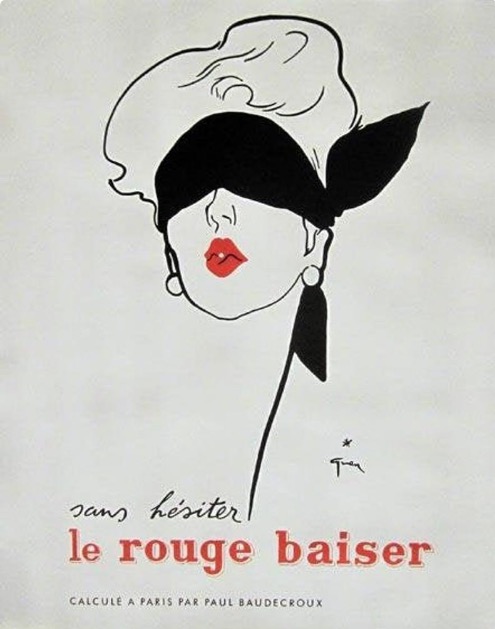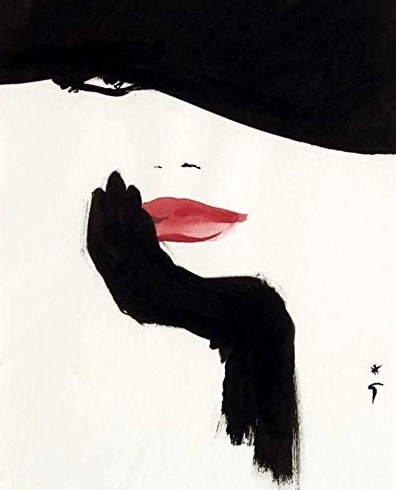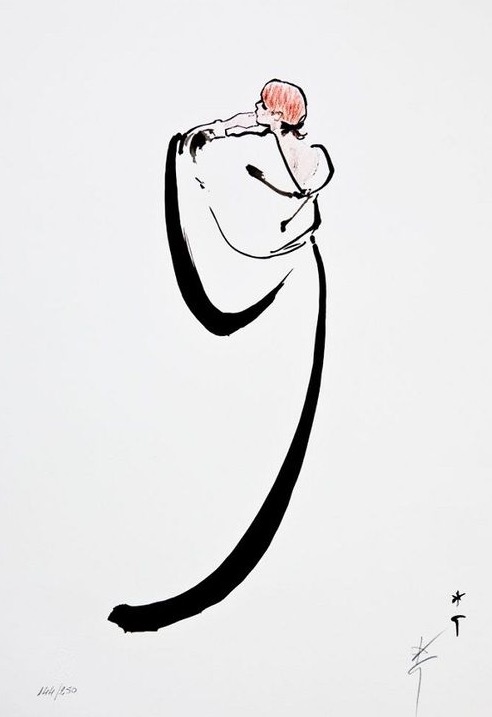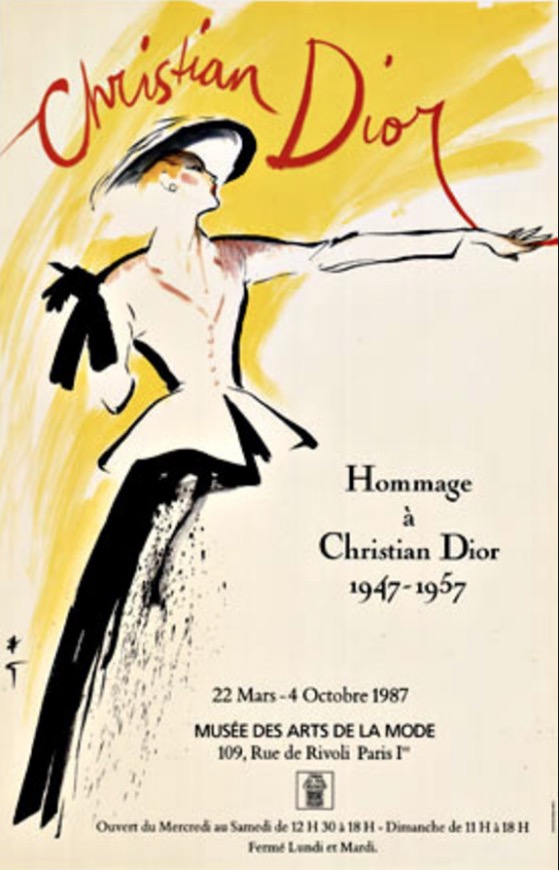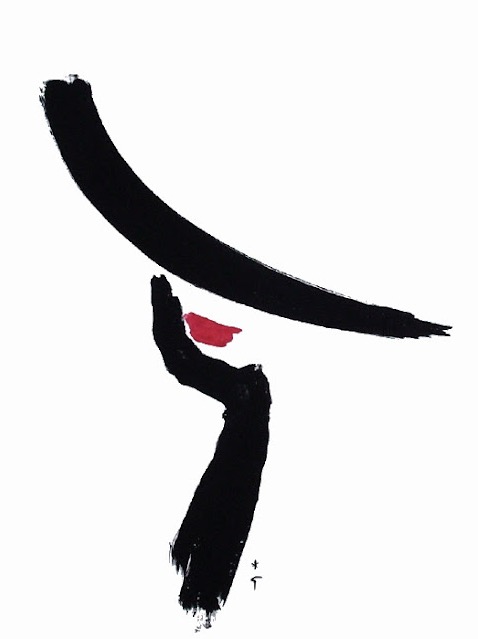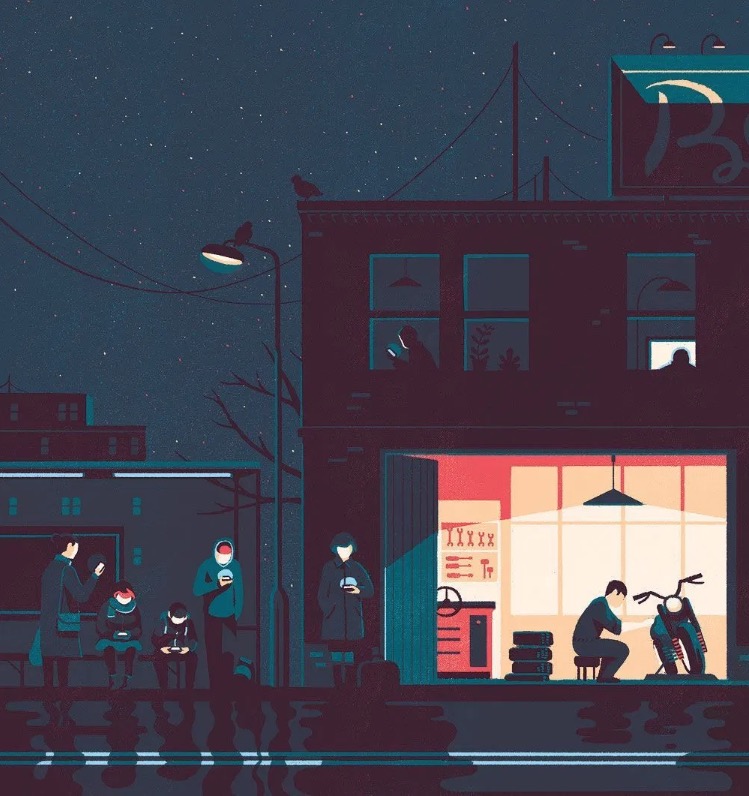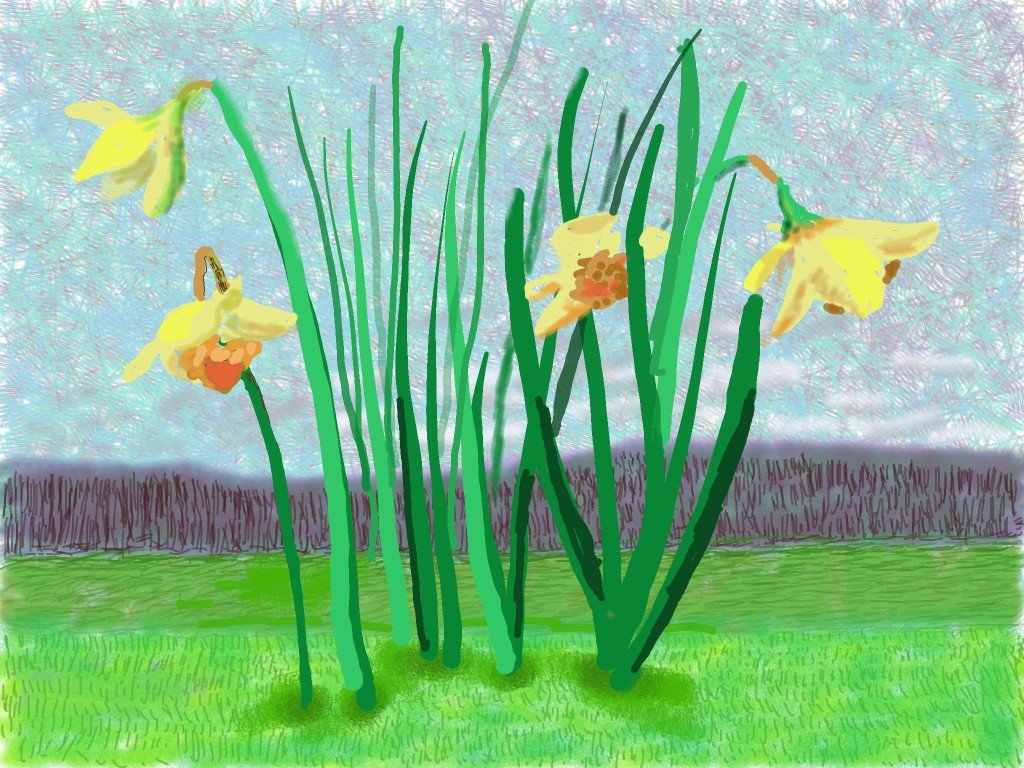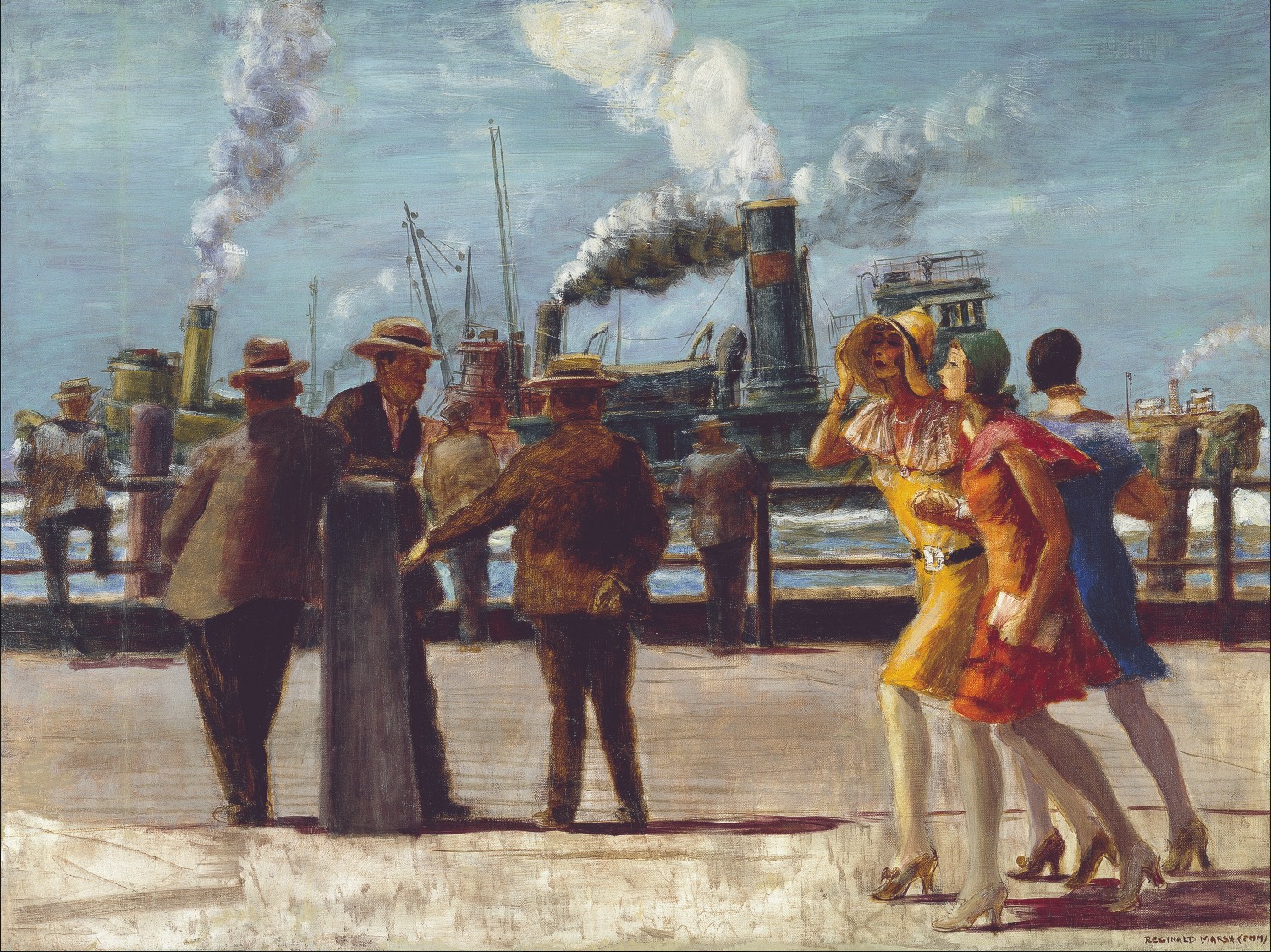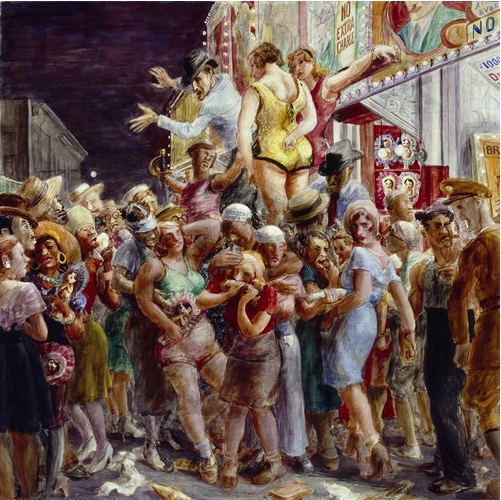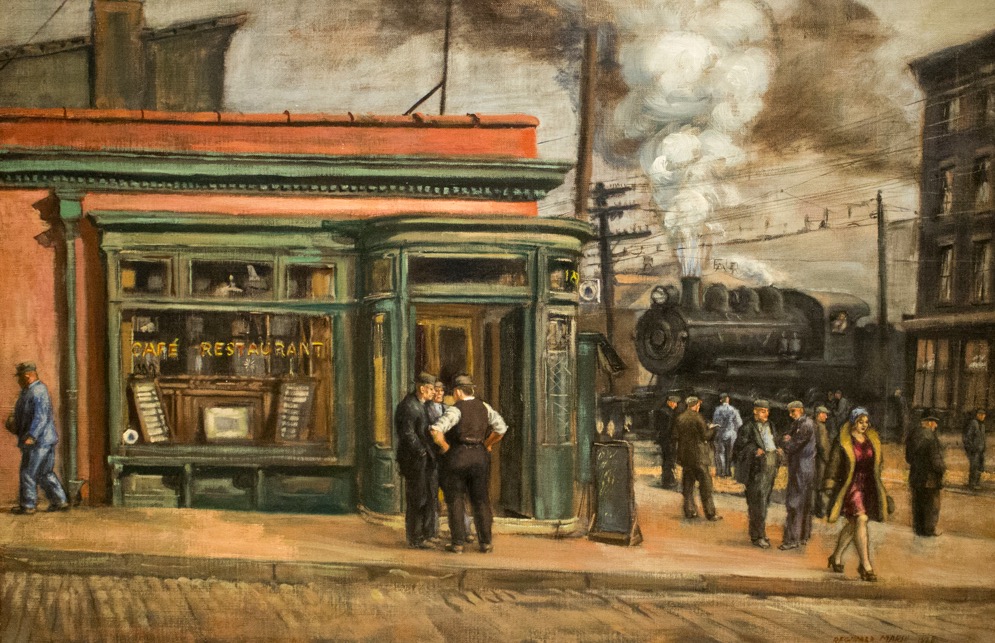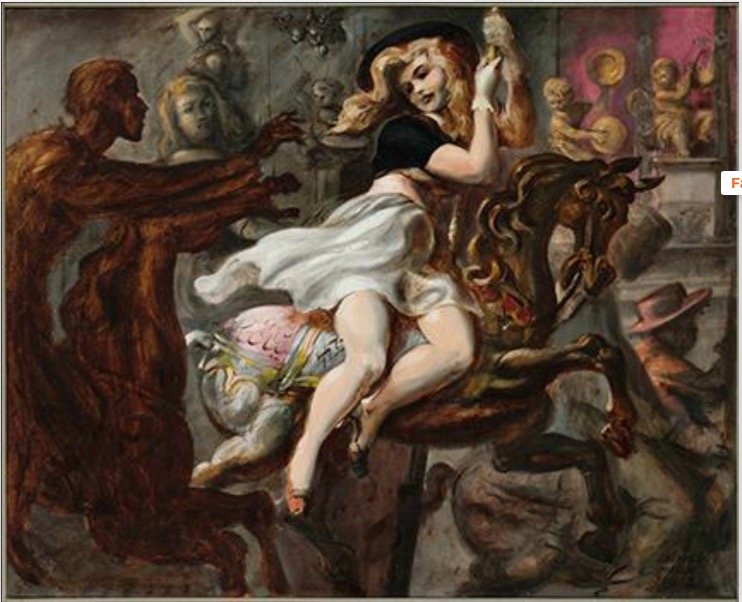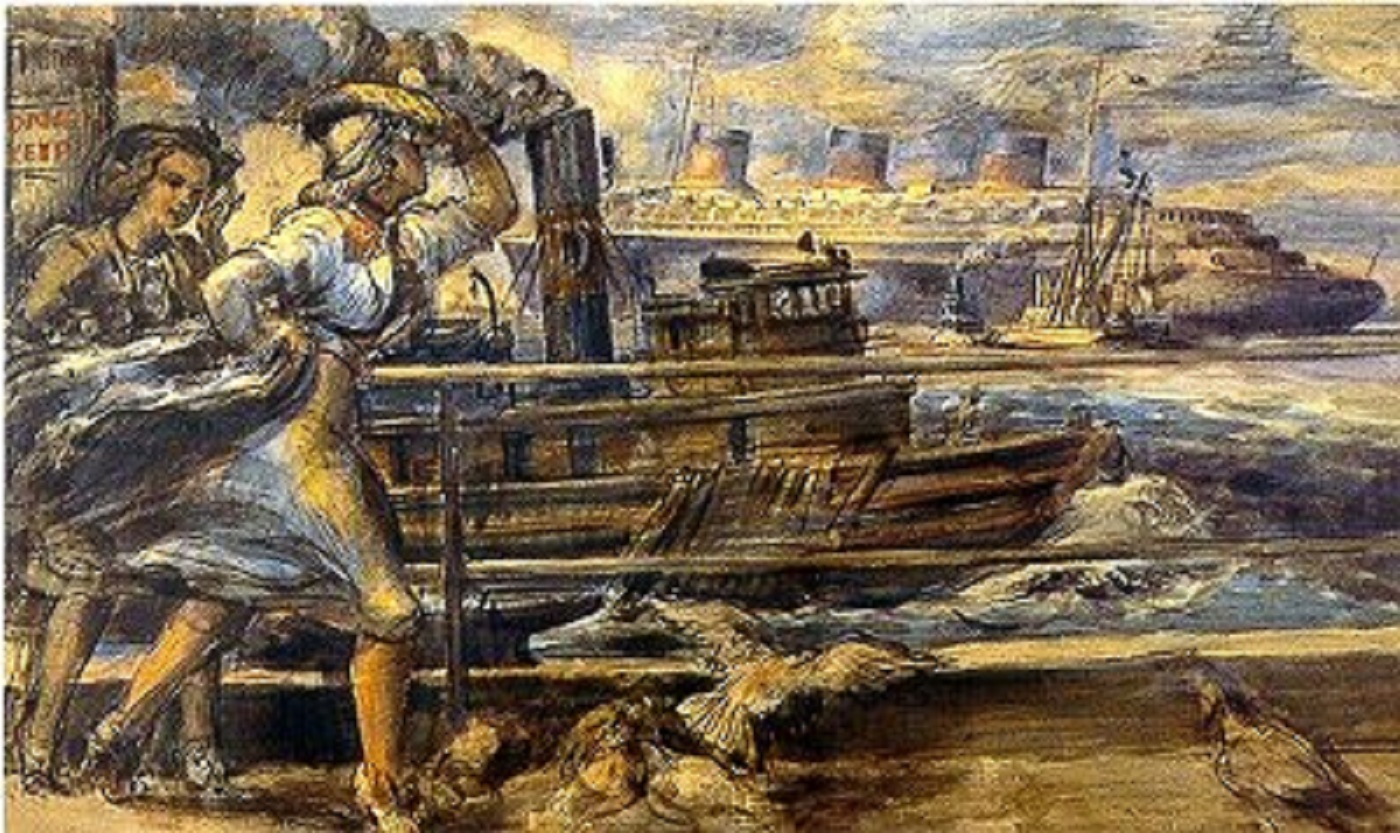French fauve painter.
For an index of articles on art illustrators, click here.
The Fauves (‘wild beasts’) were a collection of early 20th century painters who emphasized color over form. While Derain and Matisse are the most well known members of the group my personal favorite is Raoul Dufy (1877-1953) for the sheer joy and abandon he brings to his many paintings. In that regard, Dufy (‘Do-fee’) was happy to cross the barrier into commercialism, and his images feature to this day on anything from chocolate box covers to tea towels. That in no way minimizes their significance to a century hungry for visual arts in a world of growing advertising and marketing, all of this before photography became mainstream and inexpensive. Today, a Dufy could not pay the bills in a world where literally everyone owns a camera. In his abundant output he was a predecessor to the supreme commercial artist of the century, René Gruau.
Here are some favorites from his large body of work:
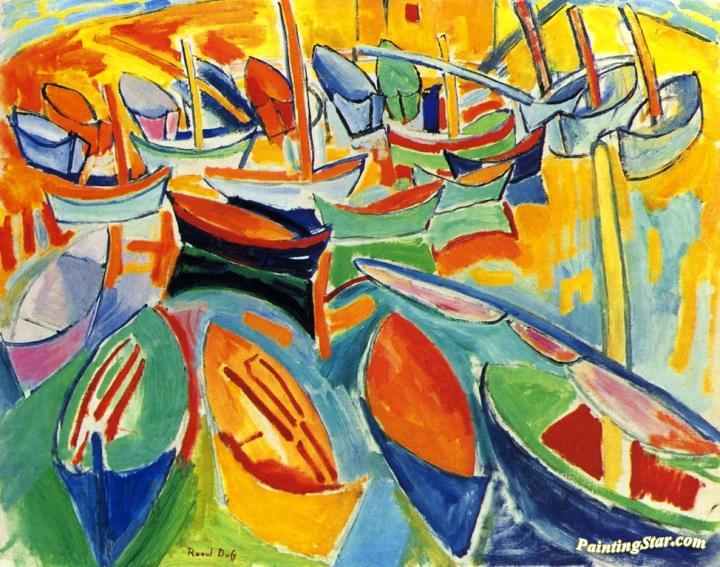
The influence of cubism is writ large.
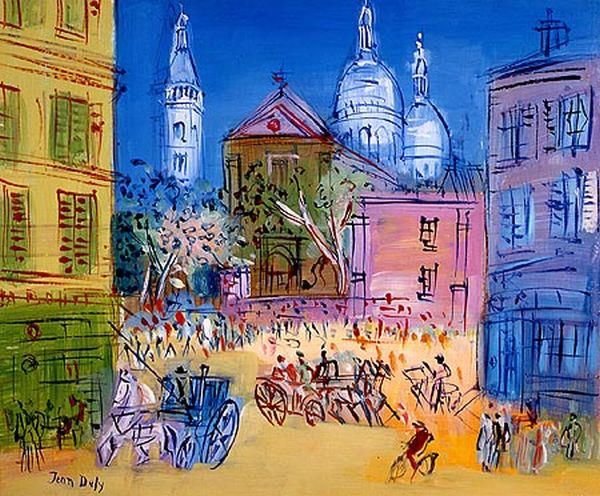
A wonderful realization of Montmartre and Sacre Coeur.
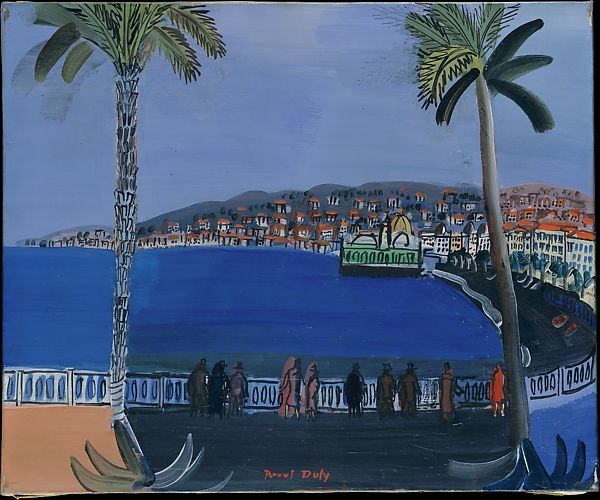
The Riviera was a favorite venue.
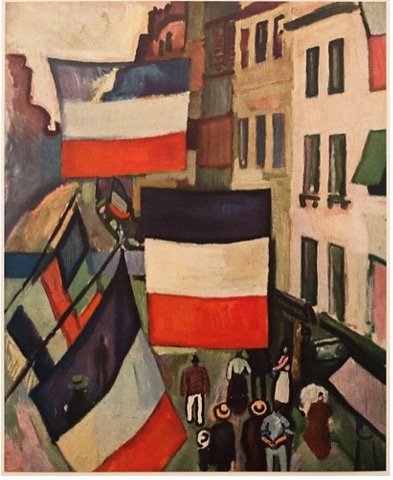
Vive La France!
